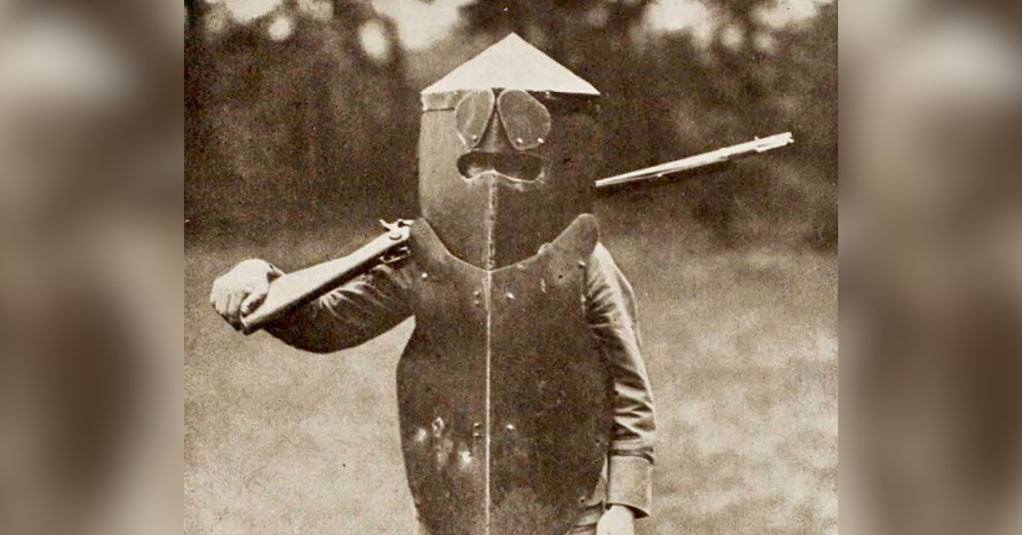

It was probably right after the first battle between armed humans that other humans began thinking of ways to not die in the next battle. Ever since, armies have come up with some pretty inventive ways of protecting themselves from the enemy’s weapons. Some were better than others. Bronze, iron and steel all provided a good degree of protection, but for every armor innovation, someone out there would try to use something like magic. Even in the modern era.
But as they say, any significantly advanced technological innovation is indistinguishable from magic. Throughout history, people have made some pretty amazing advances in preventing themselves and their buddies from getting unalived by the enemy’s superior weaponry. Here are just a few of the best leaps forward.
1. Aztec Cotton Armor

The people of the New World didn’t have the same technological advancements that those in the Old World enjoyed. That didn’t make them inferior, it just meant they thought differently about things, and one of the critical differences was body armor. When Spanish conquistadors came to what is today Mexico, they arrived wearing breastplates and it wasn’t long before they ditched those hot, heavy things for the local armor.
Aztec warriors wore heavy, stretched and layered levels of cotton, often inches thick, that was both lightweight and effective and repelled enemy attacks. Granted, they didn’t design the armor to defend against firearms and crossbows, but they were still effective against the Spanish lances and swords. The layering lightweight threads technique would pop up again a few hundred years later when Richard Davis designed a vest made of Kevlar.
2. Greek Linothorax

Alexander the Great conquered the known world wearing this kind of armor, another lightweight, mobile kind of armor with a foundation of linen. Yeah, linen. But unlike the Aztecs, the Macedonians and Greeks wore 30 square meters of tightly knit and layered linen underneath ot scale-like armor that was featured layers of leather under scales of bronze.
These multi-layered designs made with multiple materials not only kept the wearer protected from many of the weapons of the day, it allowed the Greeks to be mobile and flexible in combat. It also provided a lot of protection to some of the most susceptible part of the human body.
3. Medieval Plate

Covering one’s body from head to toe in steel plates seems like the most obvious form of body armor, but there’s an art and a science behind it that goes well beyond “cover up everything that’s soft.” Sending an armored knight into combat when he can’t move is just as dumb as sending a serf into a melee with a club. The life expectancy might be longer, but it’s still going to end in catastrophe. Enter plate armor and its Gothic, Milanese and Greenwich types.
Medieval knights actually only wore between 30-40 pounds of armor, similar to today’s modern armor. The trick was the distribution of that weight. They could still run, climb, roll, and most importantly, swing a weapon. With plate armor, the chances of a sword penetrating that armor were so slim, the Germanic states developed a sword technique called Mordhau, which involved holding the sword by the blade and beating a knight with the opposite end. You know, like a club.
4. Ultra High Molecular Weight Polyethylene (UHMWPE)

Extremely lightweight and strong, Ultra High Molecular Weight Polyethylene (UHMWPE) fibers are layered over and over in different directions to provide protection from multiple angles. These polymers have a higher molecular mass, which makes them incredibly tough, resistant to high-velocity rounds, and acids, and even 15 times more resistant to abrasion than carbon steel. It can take multiple hits from 7.62 or 5.56 rounds while being light enough to help you run to cover from whoever keeps shooting those rounds at you.
